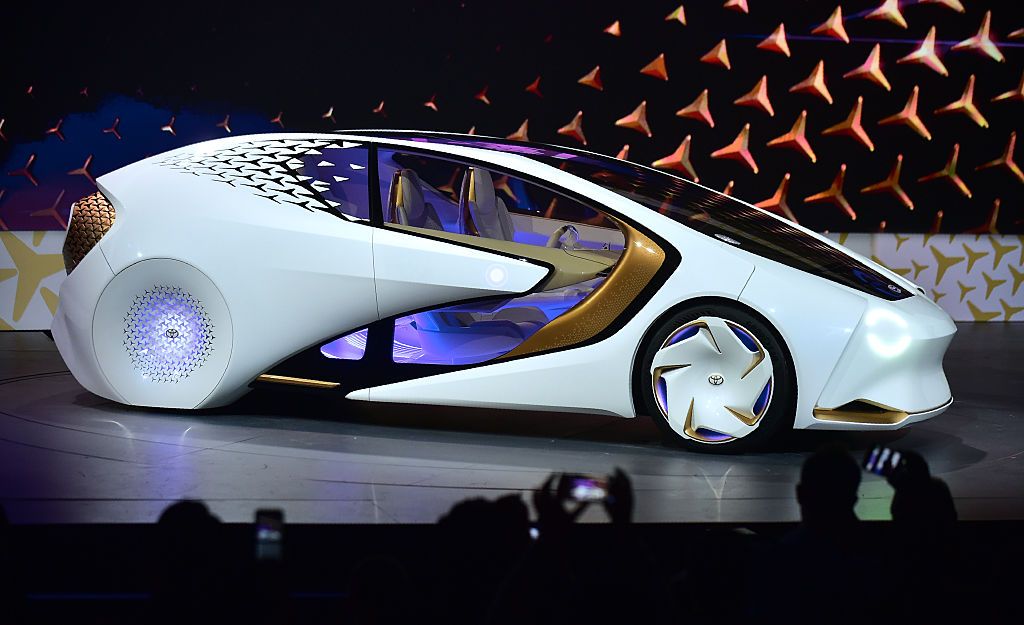I wrote about how Willys (American pronunciation is Will-iss) dealt with the onset of the great 1930s Depression here and its line of late 1930s cars in the 25 September 2017 post.
This post brings the Willys story into the 1940s to the point where American car production was halted by government order early in 1942 due to entry into World War 2.
Willys cars for the 1941 and 1942 had model numbers 441 and 442, but were advertised as the Americar (some background is here). As can be seen in the images below, 1940s Willys's were a continuation of previous models, with a major 1940 facelift. Changes after 1940 were minor.
Gallery
Setting the stage, here is a 1939 Willys Overland design that was given a major facelift for the 1940 model year.
A 1940 Willys 440. Running boards are gone. Front fenders are slightly reshaped so that headlights could be smoothly blended in. The hood prow is less aggressive and the grille ensemble has been moved forward and redesigned.
This basic '40 coupe has less chromework on the front of the hood than the sedan in the previous image.
Here is a 1941 Americar 4-door sedan that is essentially the same as the year before. The 1940 facelift included a modest bustle-back and a six-window passenger compartment. As the plight of the model shows, the back seating area is cramped on a car of this comparatively small (for the USA) size.
1941 Americar Coupe. This model year Willys can be identified by its grille lacking a large center bar.
Americars for 1942 were little changed. The grille got a new center bar (compare to 1940) and running boards reappeared.
The Americar Coupe for 1942.
Willys cars were on the way out, being replaced by Jeep production. Shown here at Fort Holabird, Maryland is a 1941 Americar next to an early version of the Jeep.
Read More
This post brings the Willys story into the 1940s to the point where American car production was halted by government order early in 1942 due to entry into World War 2.
Willys cars for the 1941 and 1942 had model numbers 441 and 442, but were advertised as the Americar (some background is here). As can be seen in the images below, 1940s Willys's were a continuation of previous models, with a major 1940 facelift. Changes after 1940 were minor.
Setting the stage, here is a 1939 Willys Overland design that was given a major facelift for the 1940 model year.
A 1940 Willys 440. Running boards are gone. Front fenders are slightly reshaped so that headlights could be smoothly blended in. The hood prow is less aggressive and the grille ensemble has been moved forward and redesigned.
This basic '40 coupe has less chromework on the front of the hood than the sedan in the previous image.
Here is a 1941 Americar 4-door sedan that is essentially the same as the year before. The 1940 facelift included a modest bustle-back and a six-window passenger compartment. As the plight of the model shows, the back seating area is cramped on a car of this comparatively small (for the USA) size.
1941 Americar Coupe. This model year Willys can be identified by its grille lacking a large center bar.
Americars for 1942 were little changed. The grille got a new center bar (compare to 1940) and running boards reappeared.
The Americar Coupe for 1942.
Willys cars were on the way out, being replaced by Jeep production. Shown here at Fort Holabird, Maryland is a 1941 Americar next to an early version of the Jeep.




































































